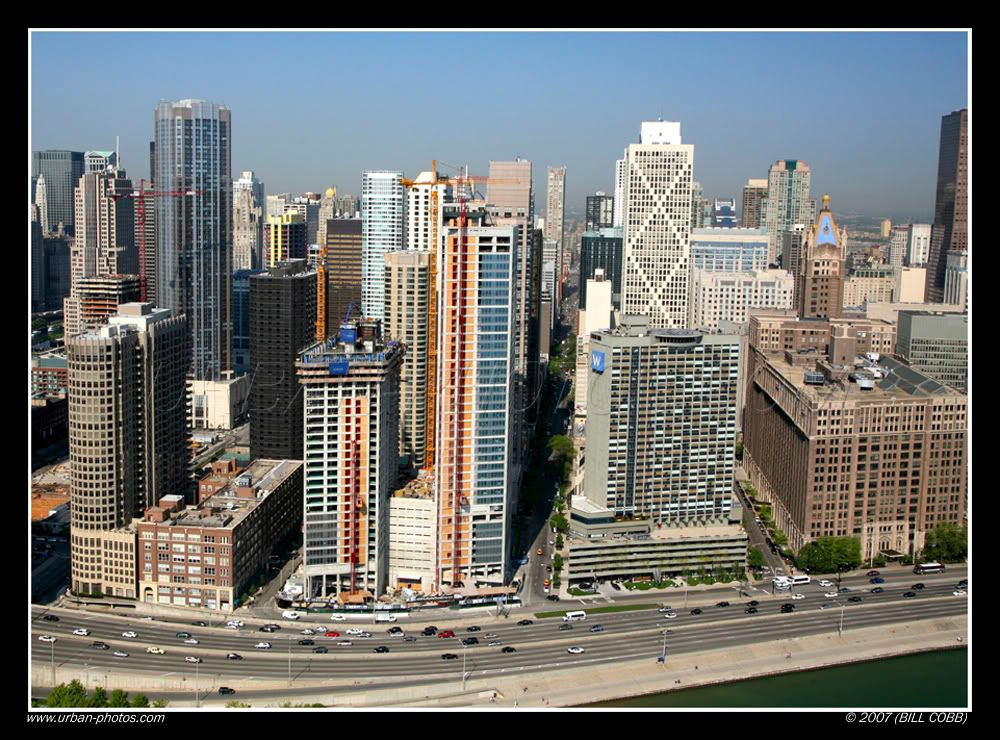Whoaccio
Senior Member
People who irrationally hate the Gardiner do not accept the fact that we have no alternate routes. Whether one wishes the auto away or not, truck traffic alone is becoming unmanagable in this city. Without the Gardiner we would have chaos and, eventually, property values would come down because the majority of people who do have cars will find it unbearable to live anywhere in the core.
To some extent it is happening now, as more growth is occuring outside the 416 area than within.
That runs counter to reality though. Cities with many freeways, like LA, have lower property values. Yea, Toronto has seen suburbanization with the 905 developing faster than the 416. So has every city in N. America. Oddly, the cities that have the lowest core values are the ones with the most highways. Take Phoenix, no shortage of urban freeways, yet property values are lower than African levels. You can sub in any city as well, Atlanta, LA, Houston ect... Perhaps unsurprisingly, the cities with the highest downtown real estate values in N. America are those with the least freeways (SF, NYC, TO, Vancouver).





